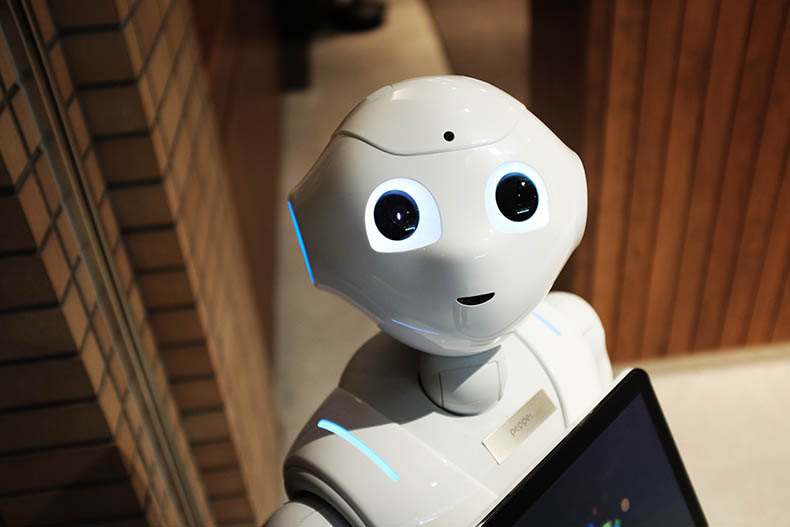Artificial Intelligence Paving the Road for Major Technological Advancements
Artificial Intelligence or AI, is a term that is used to describe automation or the ability of a machine to simulate human intelligence in such a way that it does not need human assistance to perform actions or tasks.
In AI, there are several actions involved which correspond to reasoning, logic, learning, creativity, productivity, and all others that collectively form a set of actions that are unique with respect to humans and now are replicated into the machine to behave the same. The machines are trained based on AI algorithms with a huge data set which makes it capable of thinking the way humans do.
Today the computer processing powers are getting higher as the technology is paving the road for potential AI applications. The data from the digital world is collected and used for various purposes.
The data passes through various stages that help build an AI model that incorporates all the actions that humans could do to perform some task. For instance, the data is collected from online platforms, it is processed, analyzed and meaningful insights are drawn that show online users and their patterns on the web. These patterns are then used to train the AI models by enhancing technological use-cases.
Data Storage
For the collected data, there should be storage present where all streams of data could be stored in a secure manner. In real-time, the data transmission based on AI-employed technologies ensures real-time delivery of data that helps secure the data immediately and can be processed further.
Cloud technology is used for this purpose that transmits the real-time ID verification and captured data seamlessly and secures it over the cloud where only authorized entities would be able to read, edit, or tamper the data as desired.
Data Collection
The AI models are highly dependent on the data which is gathered from online platforms. Now the technology has opened the way for AI data collection. The penetration of the Internet of Things (IoT) technology has revamped the processes of data collection. Now IoT devices have the responsibility of collecting data from various sources. This abundant amount of data from these sources is collected to train the AI models and algorithms accordingly.
Data Processing and Analysis
In the next step, the gathered data is analyzed against certain parameters that help for business verification of which components are meaningful and can help train the AI models. The data is extracted and processed accordingly. Moreover, the analysis is done over that data, based on technological algorithms such as clustering techniques that categorize the data based on labels specifying particular labels.
This whole framework for data is experienced by each AI model that keeps on updating, getting more accurate as more data is used to train the models. The potential applications of AI development services are penetrating into each industry to make its use-cases automated, secure, and self-employed which does not require manual configurations and identification. Whether it is the medical industry, online gaming, digital payment services, or online facial recognition of customers.
For security purposes, AI and technology are shaping the future with automated innovative solutions, for example, seamless identity verification with AI-powered algorithms for facial recognition, AI-powered OCR technology for document verification, and AI-employed techniques to filter out the communication requests in the firewall. AI is revamping the processes by automating them and with continuous self-learning, it is capable of dealing with real-world situations with high precision and accuracy rate.

